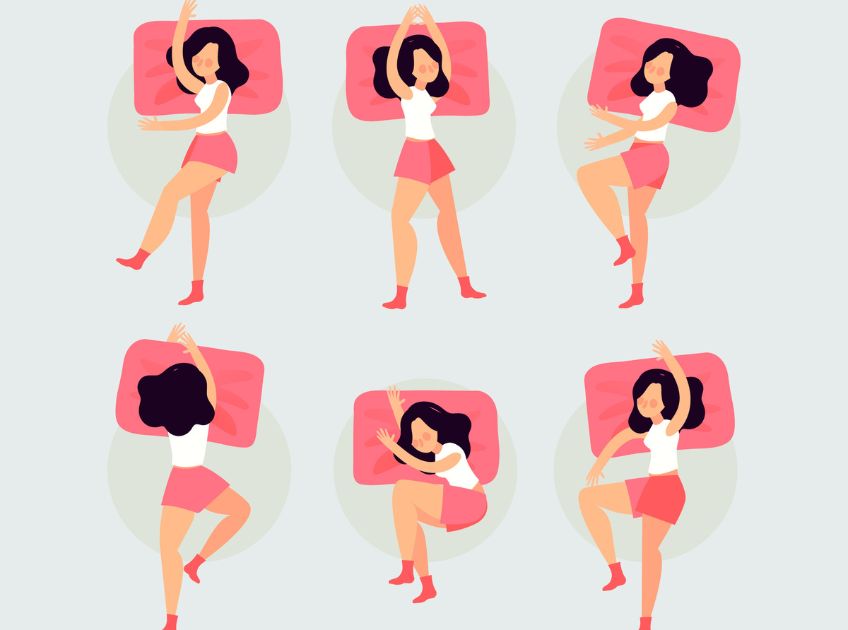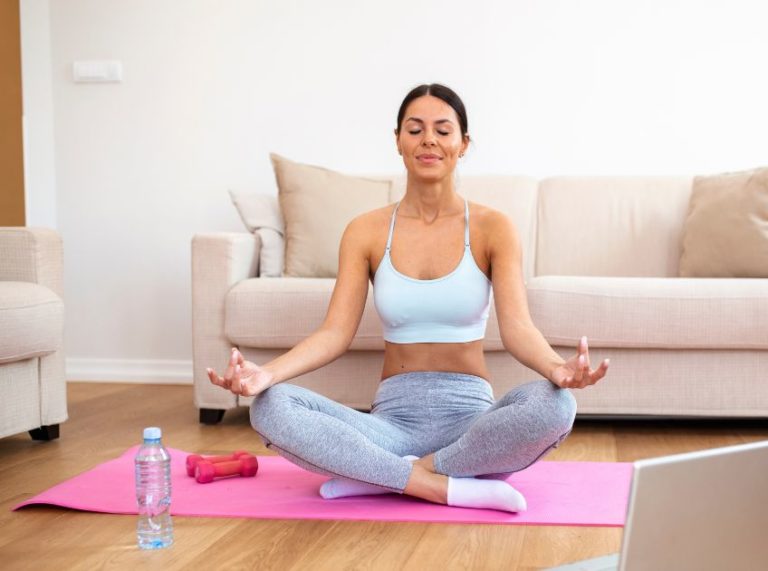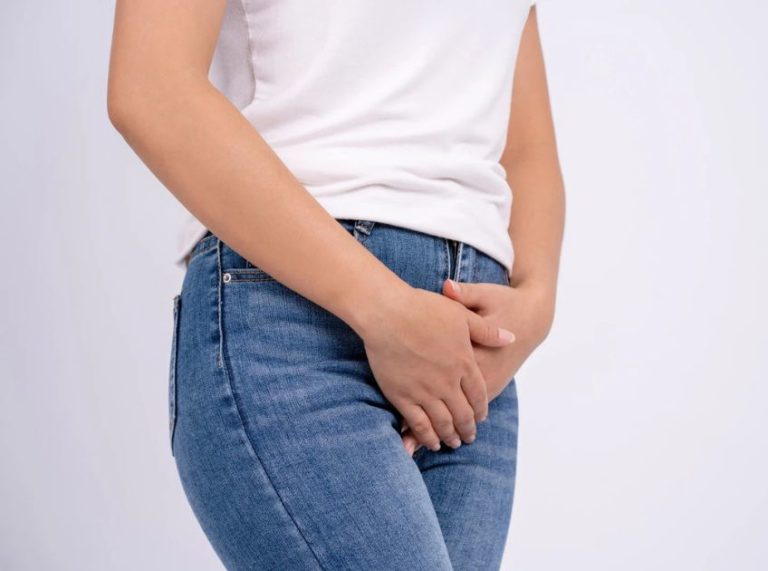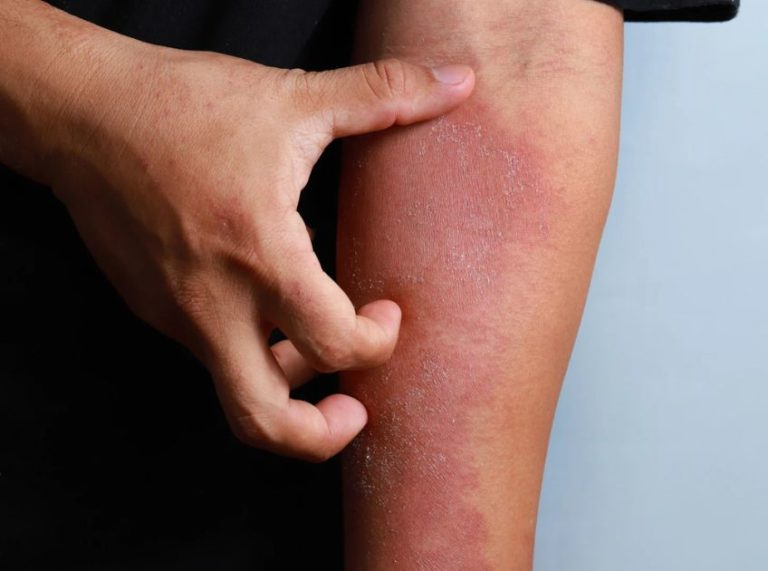
Important: This article is for informational purposes only. Please read our full disclaimer for more details.
Many people dream of achieving fuller, more defined hips to enhance their curves. While diet and targeted exercises are the primary ways to shape this area, some claim that certain sleeping positions can help create or maintain a rounder appearance. But is there any truth to this idea, and what does science say?
What Does “Sleeping for Bigger Hips” Mean?
The concept suggests that the way you position your body during sleep can influence hip width and shape over time. Supporters believe side sleeping or certain postures may help accentuate curves by redistributing fat or maintaining muscle balance while you rest. However, hip size and shape are largely determined by genetics, bone structure, and muscle development, not just sleeping posture.
Best Sleeping Positions to Support Hip Curves
While sleeping alone won’t drastically change your hips, certain positions can support your posture, muscle alignment, and comfort, which can indirectly benefit the shape of your lower body.
1. Side Sleeping (Fetal or Straight Position)
Sleeping on your side is often considered the most supportive position for the hips and lower back. It helps distribute body weight evenly and keeps your spine aligned.
- How it helps: By reducing pressure on one side of the pelvis, it prevents muscle tightness and encourages balanced hip alignment.
- Pro tip: Place a pillow between your knees to keep your pelvis neutral and reduce tension in the hip muscles. Alternating sides nightly can also help prevent uneven muscle strain.
2. Sleeping with a Pillow Under Your Hips
This position slightly elevates the hips and pelvis, which can improve blood flow to the lower body and support muscle recovery after glute or hip workouts.
- How it helps: Better circulation can aid in nutrient delivery to muscles, supporting their repair and growth over time.
- Pro tip: Use a soft, small pillow or folded towel under your hips while sleeping on your back to avoid discomfort.
3. Back Sleeping with Knee Support
Lying on your back with a pillow or rolled towel under your knees helps keep the pelvis and spine in alignment.
- How it helps: Proper alignment reduces strain on the hip flexors and glute muscles, preventing imbalances that can affect your hip shape.
- Pro tip: Pair this position with a medium-firm mattress that supports natural curves in the lower back and hips.
4. Side-Lying with Hip Support Pillow
For people with naturally wider hips or those trying to maintain curves, using a supportive pillow under the waist can help keep the spine and hips neutral.
- How it helps: Prevents the top leg from pulling the pelvis downward, which can create uneven hip pressure over time.
- Pro tip: Combine this position with gentle nighttime stretches to keep hip muscles relaxed.
Expert Note: Studies in the Journal of Bodywork and Movement Therapies highlight that proper alignment during sleep reduces joint strain and helps maintain muscle balance, which indirectly supports the body’s natural shape (1)(2).
Sleeping Positions to Avoid for Hip Health
Some sleeping postures can put unnecessary pressure on the hips and spine, leading to discomfort or muscle imbalances:
- Stomach Sleeping: Lying on your stomach twists the pelvis and can strain hip muscles over time.
- Side Sleeping Without Support: Sleeping on one side without a knee pillow can misalign the hips and spine, causing uneven pressure.
- Curled Too Tight in Fetal Position: Extreme curling can stress hip joints and limit blood flow during long sleep hours.
Pro Tip: Regardless of position, a firm but cushioned mattress can help distribute body weight evenly and reduce pressure on the hips.
Frequently Asked Questions (FAQ’S)
1. Can sleeping positions alone make my hips bigger?
A. No. Hip size is primarily influenced by genetics and muscle/fat distribution. Sleeping positions can support proper alignment, but won’t significantly change hip size.
2. Does side sleeping help maintain curves after workouts?
A. Yes, sleeping in supportive positions can help muscles recover and maintain alignment, which indirectly supports the shape you build through exercise.
3. Should I use a pillow for better hip support at night?
A. Yes. Placing a pillow between your knees or under your hips can relieve pressure and improve pelvic alignment, making side or back sleeping more beneficial.
Sleeping positions won’t magically make your hips bigger, but the right posture can protect your joints, improve muscle balance, and complement the results of a healthy diet and targeted exercises. Supporting your hips while you rest ensures better alignment and recovery, which helps you maintain or enhance your natural curves over time.















